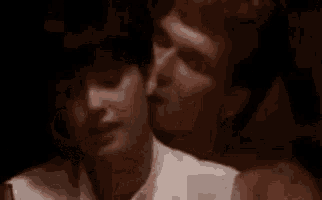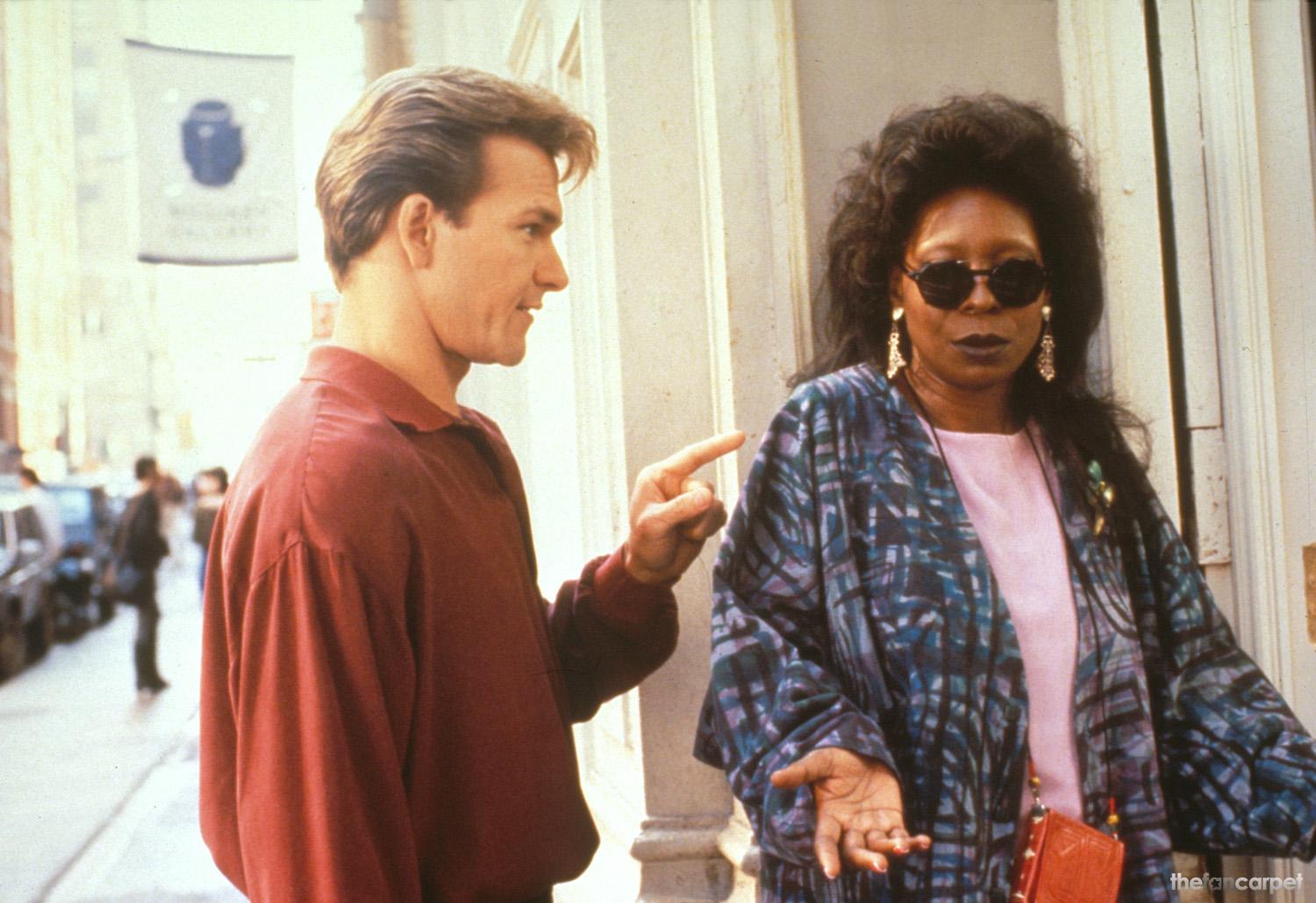


Though none of them blew up quite like “She’s Like The Wind” did, Swayze wrote and performed songs for some of his other films, too. “Just a fool to believe I have anything she needs,” Swayze sings, perhaps referencing the Doobie Brothers’ big hit “What A Fool Believes.” Despite its faults, it’s a stirring (hilarious) late-1980s love song with cheesy horns, cheesier keys, and the cheesiest electric guitars. The chorus is super defeated, but totally triumphant. And in the next verse: “I look in the mirror and all I see, is a young old man with only a dream.” Ouch. “She’s like the wind through my tree,” Swayze sings. “She’s Like The Wind” peaked at number three on the Billboard Hot 100, climbed to number one on the Adult Contemporary chart, and helped propel the soundtrack to the top of the charts for several weeks. For whatever reason, “She’s Like The Wind” wasn’t used in Grandview, U.S.A., but it ended up on the Dirty Dancing soundtrack three years later. His most popular song was “She's Like The Wind,” which he initially co-wrote with Stacy Widelitz for Grandview, U.S.A., the1984 film in which Swayze had a small role as a demolition derby driver named Ernie “Slam” Webster. That’s an understatement: Swayze didn’t just love music, he made music. All of them dropped “Swayze” at least once, and have contributed to elevating Swayze’s pop culture relevance.īut one thing about Swayze that hasn't been fully addressed is how much he loved music. Due to his role in Ghost, some clever emcees started saying “Swayze” instead of “ghost,” meaning “to leave” or “to disappear” or “to bounce.” Method Man. It is showed when Sam walks toward the Afterlife at the end of the movie, where he mixes with a lot of spirits who wait for him (as they appear in diffuse figures in blue, it's impossible to know if they are Sam's friends or familiars).And everybody knows that rappers loved Swayze. The third part is people, maybe friends and familiars, who wait to receive the recent dead to the Afterlife. The second part is the idea of black spirits who capture the souls of bad people to take to other side of the Afterlife, called Lower Astral, a place similar to Judeo-Christian Hell to punish and torture them.

Between them, the concept of a light white tunnel, which appears when a person dies to take his soul to the Afterlife (in the movie it appears three times: when Sam dies, when a man dies in an operating room, and when Sam saves Oda Mae and Molly, completing his unfinished business). Raymond Moody and published in 1975, a series of compilations about people who by a brief time were dead and later lived again, called NDE or Near-Death Experience. Part of the events seen in the movie are taken indirectly from the book "Life After Life", written by Dr.


 0 kommentar(er)
0 kommentar(er)
